Rome, remains of the walls of the Patriarch built by Constantine discovered
In Rome, during the redevelopment works in Piazza San Giovanni in Laterano, archaeological investigations coordinated by the Special Superintendence of Rome, directed by Daniela Porro, have revealed a complex historical stratigraphy that has revealed, among the most significant findings, wall structures dating from between the 9th and 13th centuries, probably belonging to the Patriarchio.
The Patriarchate was a large cult building built by order of Constantine in the fourth century CE, replacing the barracks of the Equites Singulares, the emperor’s mounted guard siding with Maxentius. Initially a monumental basilica, the Patriarchate underwent numerous extensions and modifications during the Middle Ages, becoming the papal seat until it was moved to Avignon in 1305. This discovery is exceptional for Rome, as extensive archaeological excavations had never been carried out in the square in modern times.
The remains of the Patriarchio were found in the eastern part of the excavation area and may represent a defensive wall or a structure supporting the slope that characterized the area in ancient times. The construction, which can be dated to the 9th century AD, shows different building techniques, indicating numerous restorations and reconstructions until the 13th century.
The wall is formed of large tuff blocks, reused from other structures, and has banding of the blocks on both sides, with buttresses. Toward the west, the wall is built with wedge-shaped buttresses and a more irregular technique. The final section, which runs up to the churchyard of the Basilica, shows a facing of tuff blocks and square buttresses.
During the period of Saracen raids and internal conflicts among Rome’s aristocratic families, the wall could have served as a defense of the Basilica complex and adjoining palaces. After the return of the popes to Rome from Avignon and the transfer of the papal seat to the Vatican, the wall lost its defensive function and was demolished and buried, disappearing from collective memory.
Investigations, conducted on an emergency basis to meet the delivery schedule for the opening of the Jubilee year, also uncovered structures predating the Patriarchate. These include a reticulated opus reticulatum wall from the 1st century B.C. - A.D. 1st century, Severan foundations from the 3rd century, and two brickwork walls more than three and a half meters deep, probably part of a hypogeal structure, as well as a section of a wall in opus listata datable between the 4th and 7th centuries.
These findings offer a detailed view of the development of this area of Rome until the arrangement desired by Sixtus V in the 16th century. Through the analysis and study of the finds, such as coins, metals, majolica and ceramics, further information on the history of the city will be obtained. The findings will be left in situ, and studies are underway to complete the excavation and further enhance the area.
“The new discoveries in Piazza San Giovanni in Laterano,” says Minister Gennaro Sangiuliano, “are yet another demonstration of the richness of the Rome area, an inexhaustible mine of archaeological treasures. Every single stone speaks to us and tells its story: thanks to these important finds, archaeologists will be able to know more about our past. I would like to express my satisfaction with the commitment and passion that researchers are putting into their work. It is essential to combine the preservation of our history with the needs of protection and modernization of the urban fabric.”
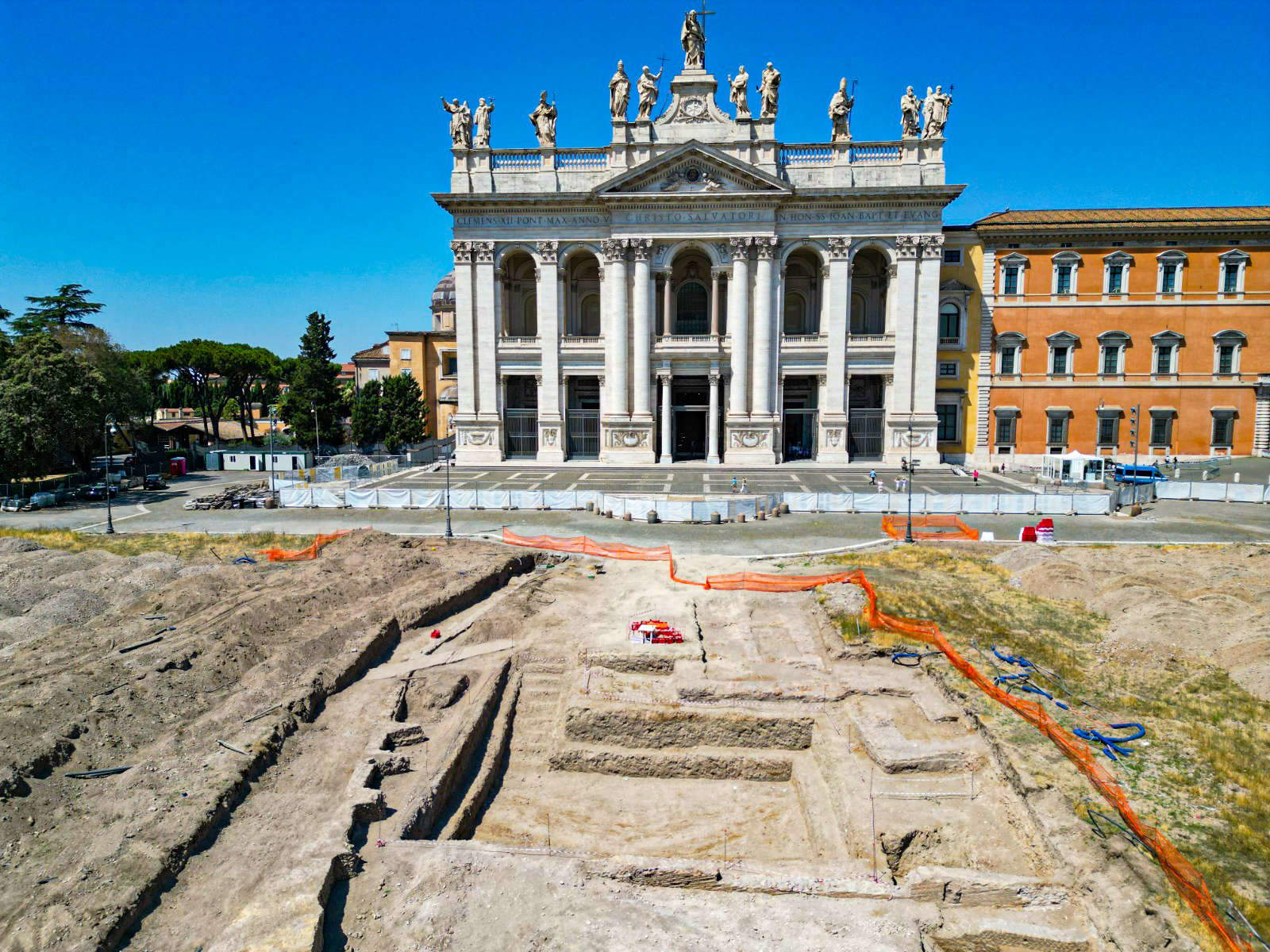
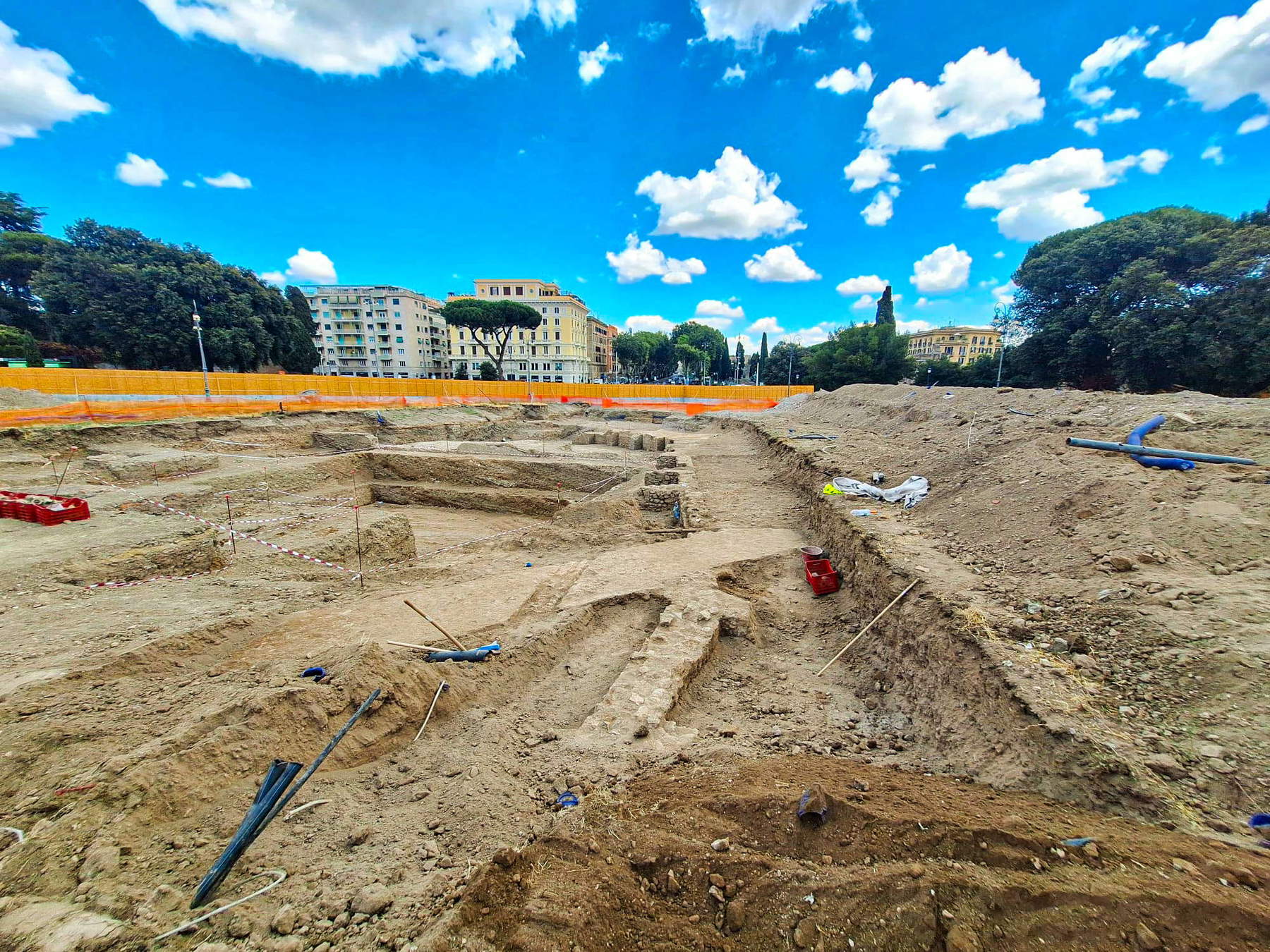
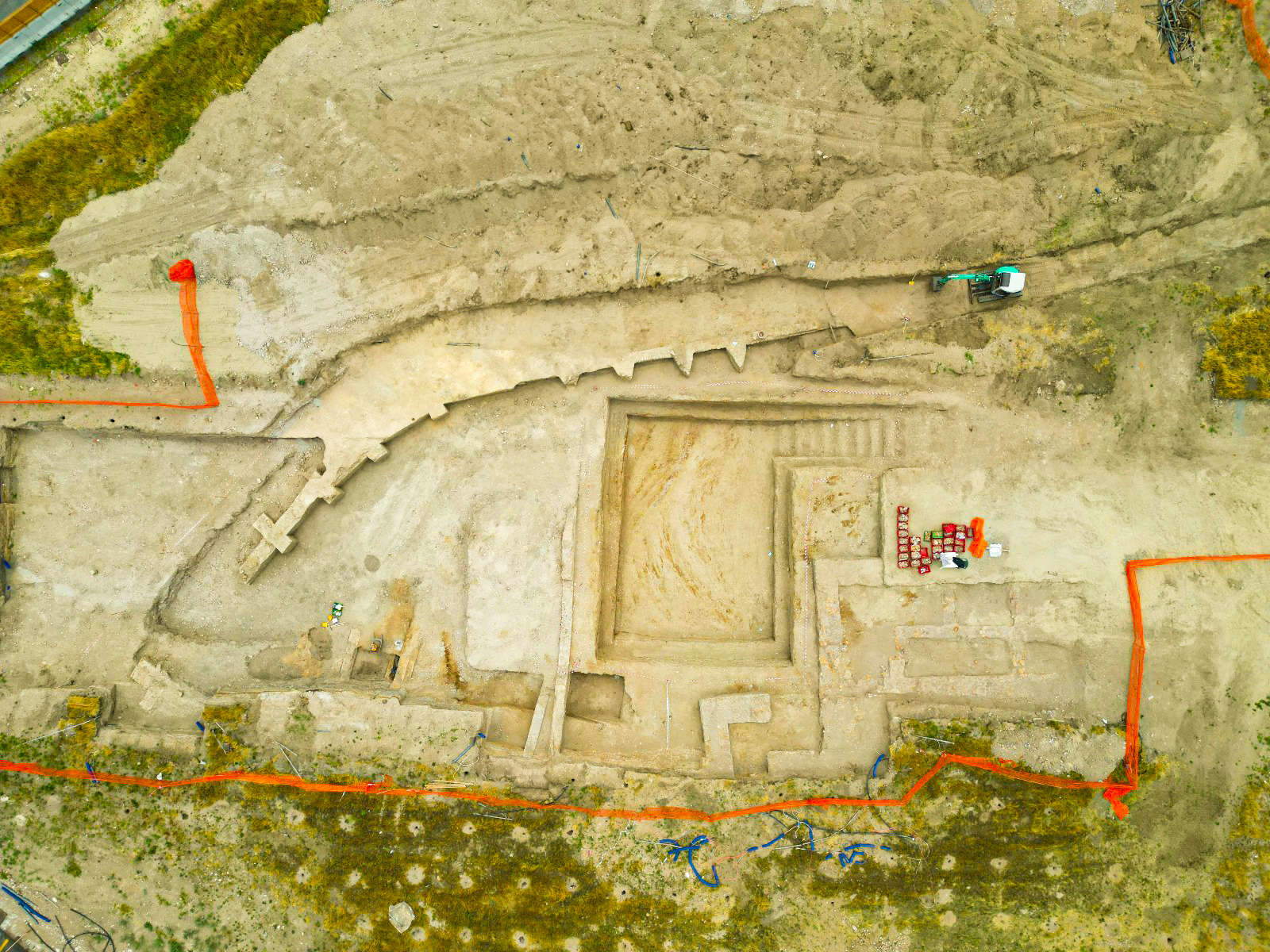
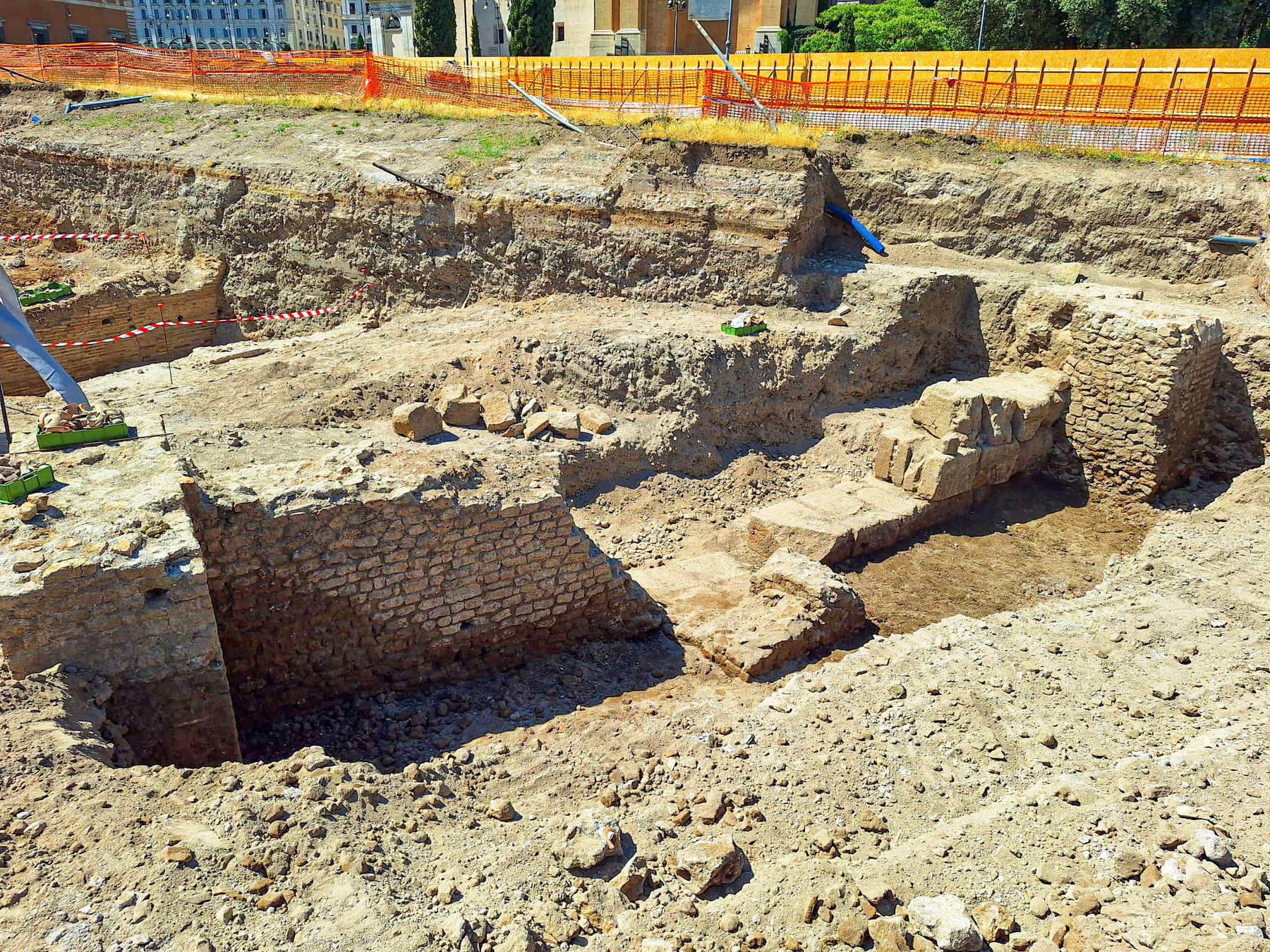

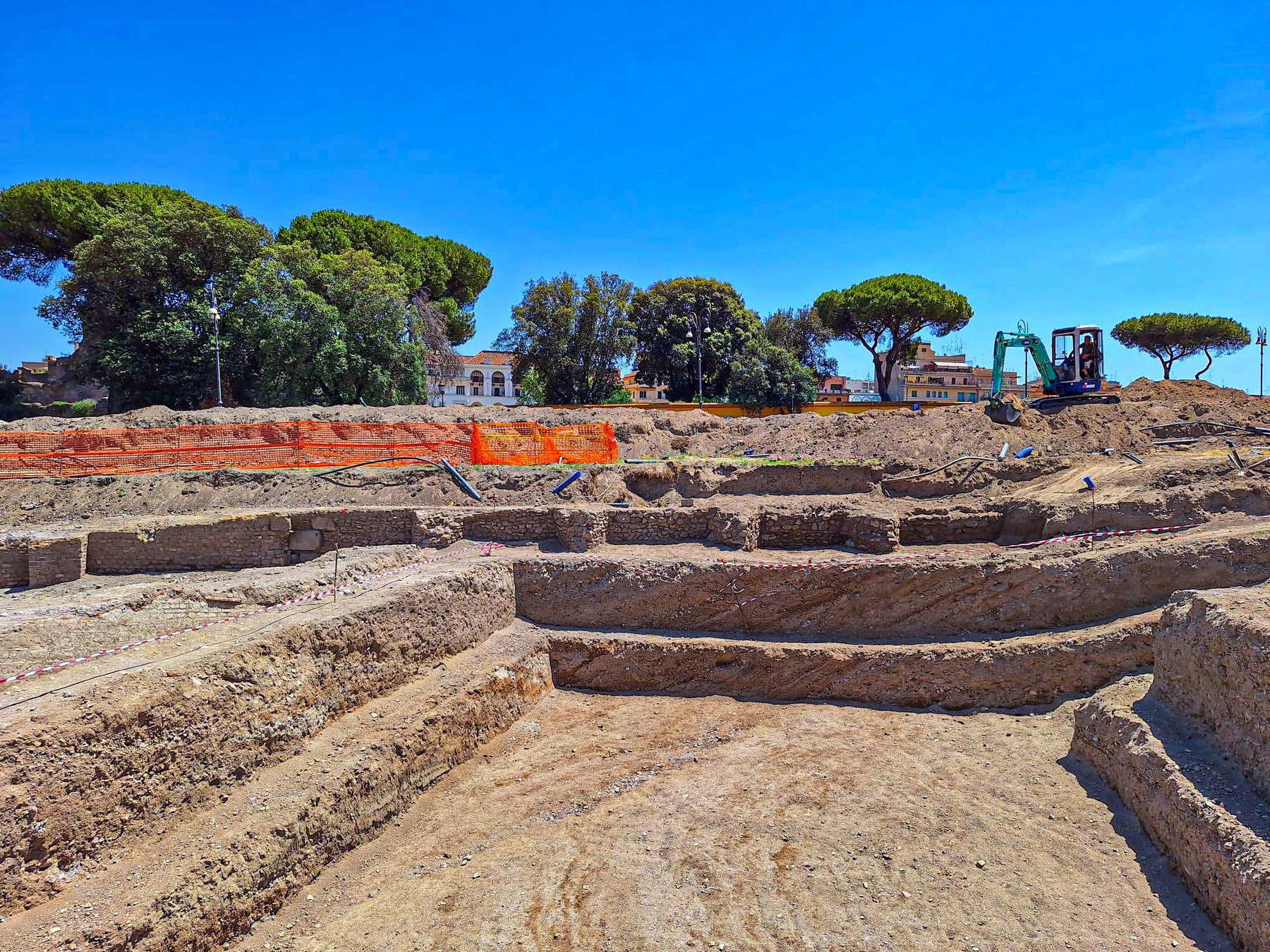

 |
| Rome, remains of the walls of the Patriarch built by Constantine discovered |
Warning: the translation into English of the original Italian article was created using automatic tools. We undertake to review all articles, but we do not guarantee the total absence of inaccuracies in the translation due to the program. You can find the original by clicking on the ITA button. If you find any mistake,please contact us.



























